Hello, this time I will teach you how to add shadows and light to the background.
1. Basics of highlights and shadows "Introduction"
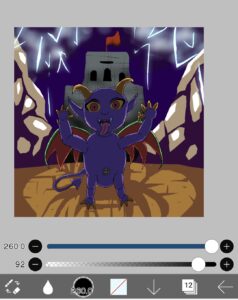
Highlights and shadows are essential elements for giving a three-dimensional effect to a picture. Especially in the background, the depth and realism of the picture can change greatly depending on how you use light and shadow. For highlights, use bright colors in areas where the light hits strongly, and for shadows, use dark colors in areas where the light does not reach.
2. Consider the light source when adding highlights
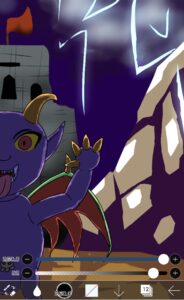
In order to draw highlights and shadows correctly, it is important to first decide on the light source. The position of the shadow and the location of the highlight are determined depending on the direction from which the light is hitting.
Also, pay attention to the direction and intensity of the light.
Decide whether the light hits from above, diagonally, or from the side. Once the light source is decided, you will naturally know where the highlights will be and where the shadows will be.
If the light is strong, the highlights will be drawn clearly and the shadows will be dark. Conversely, if the light is soft, the highlights will be soft and the shadows will be light.
3. How to add background highlights.
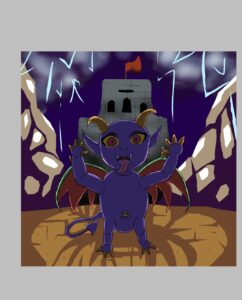
Adding highlights to the background will emphasize the areas that are in light, adding brightness and depth to the picture. When adding highlights, pay attention to the following points.
Another technique is to use bright colors or to add them partially.
Use white or very bright colors for highlights. For example, yellow, light orange, or white are often used for grasslands and building walls that are hit by sunlight.
Instead of adding highlights to the entire background, add them only to the areas that are hit by strong light. This allows you to express a natural brightness.
Using blurring on highlights will make them look three-dimensional.
Blurring the edges of highlights a little will create a natural spread of light. This is particularly effective in scenes with soft light, such as sunsets and sunrises.
4. How to add shadows to the background
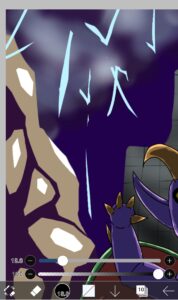
Shadows add depth and realism to pictures by darkening areas that are not hit by light.
Using dark colors for background shadows, considering the shape of the shadow, and adding shading will improve the quality of your drawing.
First, draw the shadow using a color darker than the basic color of the background. For example, use dark green or brown for a green grassland, and dark blue or purple for a blue sky.

Next, the shape of the shadow is determined by the light source. For example, if there is a tree, draw the shadow along the shape of the tree. If the shadow extends into the distance, you can make it a slightly blurry shape.
And even within the shadow, you can create a more realistic expression by creating particularly dark and slightly lighter areas. For example, it is important to create shading, such as making the darkest shadow under the tree and a slightly lighter shadow a little further away.
5. Balancing highlights and shadows
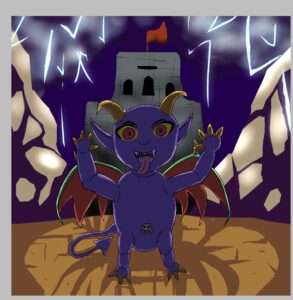
Highlights and shadows are arranged in a balanced way to make the entire drawing look natural. Make final adjustments while checking the following points.
To balance, check the whole picture, and after adjusting the colors, try making small corrections.
Always check that highlights and shadows are not in unnatural places and that the direction of light is consistent. If the light and shadow are inconsistent, the whole painting may look unnatural.
Next, adjust the highlight and shadow colors while checking the overall color tone so that they are not too strong or too weak. If the colors stand out, the background may take the eye away from the main subject.
Finally, add small light reflections and fine shadows to add more depth to the painting. At this stage, review the whole painting and make any necessary corrections.
Summary of background highlights and shadows
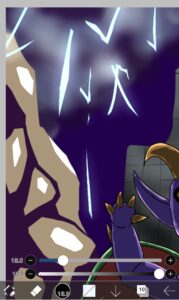
By using background highlights and shadows effectively, you can create a three-dimensional effect and depth in your painting. It is important to draw natural highlights and shadows while keeping in mind the light source. Place highlights in places where light hits and shadows in places where light does not reach in a balanced manner, and finish while considering the overall harmony. By continuing to practice, you will be able to draw more realistic and attractive backgrounds.